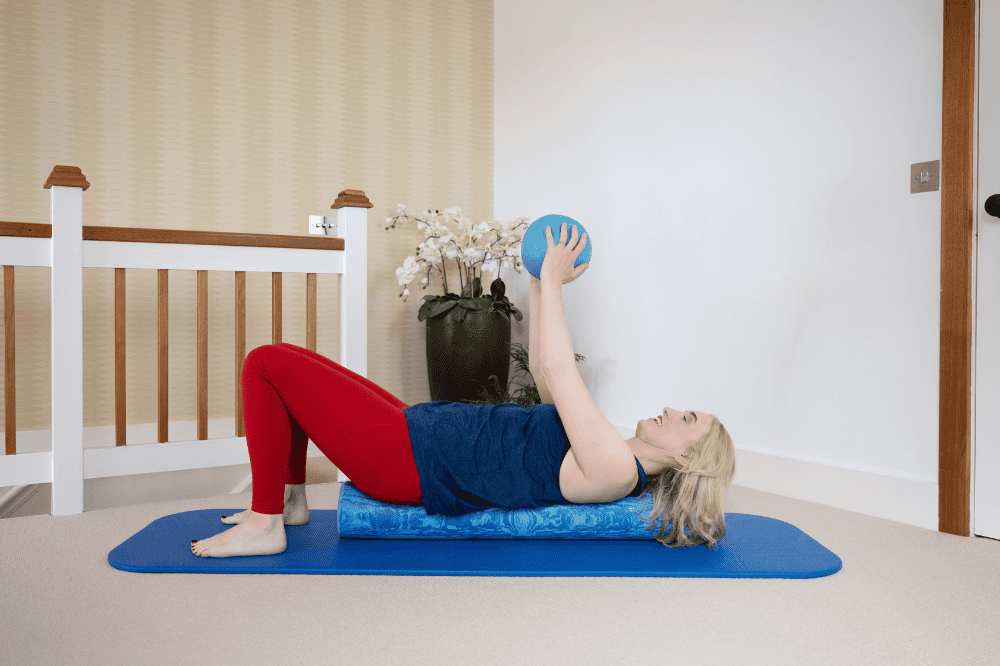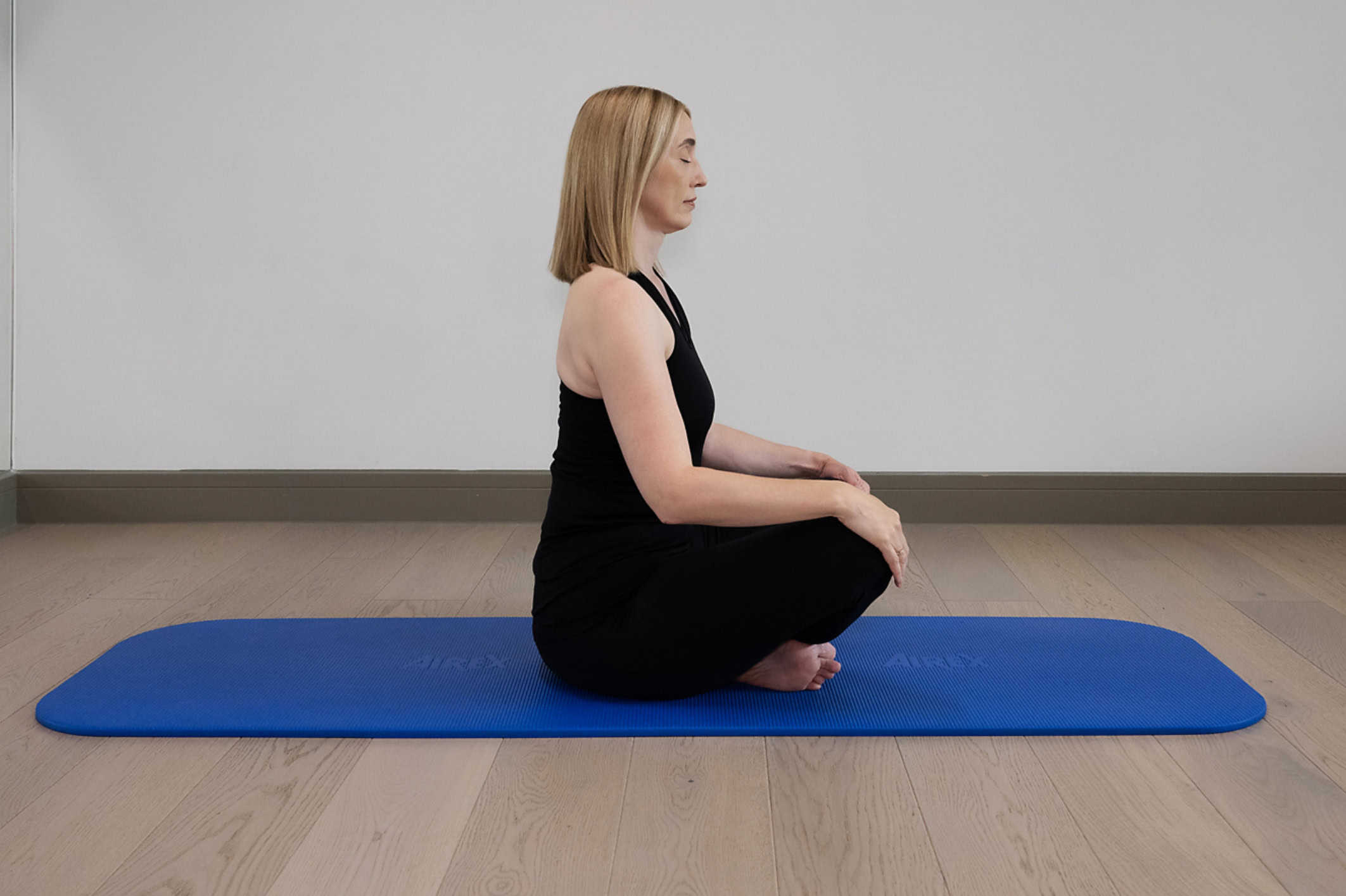Article Categories
Hypermobility

July 25th, 2024
Navigating Menopause with Hypermobility and Ehlers-Danlos Syndrome
When I hit the menopause or rather it hit me, my life changed dramatically. I had been managing my hypermobility and Ehlers-Danlos symptoms pretty well until then.
Read more
July 9th, 2024
If you have hypermobility, pillow struggle is a real thing
Pillow struggle is a thing. Is there the perfect pillow to hypermobile necks that will help prevent neck and shoulder pain? This is the number one non-movement related question I get emails and questions about.
Read more
July 1st, 2024
Managing fatigue and it’s impacts
First of all, If you have EDS or HSD and suffer from fatigue, you are not alone. When we began to analyse the responses in our study on the IMM using my Strengthen Your Hypermobile Core video series with Dr. Russek and Jane Simmonds, we found that fatigue was one of the biggest barriers to movement (along with pain).
Read more
June 24th, 2024
What is chronic pain?
The International Association for the Study of Pain defines pain as “an unpleasant sensory and emotional experience associated with, or resembling that associated with, actual or potential tissue damage”. Pain is considered chronic if it lasts for longer than 3 months (1).
Read more
June 17th, 2024
Understanding hypermobility in the neck
Neck pain is a common issue faced by those of us with hypermobility. Proprioception and muscle endurance of the neck are essential for functional stability (1). This is often lacking in hypermobility due to joint instability, muscle strains, poor posture, and ligament laxity.
Read more
June 10th, 2024
Understanding double-jointed elbows
Why write a whole blog about the elbow joint? Well, the elbow joint is like the knee joint – it is impacted by both the action of the wrist and the shoulder. It is the middleman and often ends up taking the strain for poor mechanics elsewhere. I think elbows are underrated in how we treat and manage hypermobility. How hypermobile people use their arms is going to hugely impact elbow issues.
Read more
June 3rd, 2024
Managing Ehlers-Danlos Syndrome through Exercise
Have you been told to exercise to help manage your EDS or HSD? Perhaps you have been given no instruction on how to exercise with this condition. Or perhaps you’ve been told to just do pilates or go swimming. Or maybe you’ve been sent to a physical therapist who doesn’t understand hypermobility and makes things worse?
Read more
May 28th, 2024
Hypermobility and Stretching
We know feeling tight is a common experience in hypermobility. When we have looser joints, our muscles often tighten up to try and stabilize. It can feel good at the time to stretch them. We must remember that our muscles are tight for a reason.
Read more
May 14th, 2024
Rib subluxations are common in hypermobility
I know it can be a common thing in hypermobility and it is very painful. It can make us anxious about exercising as we fear a subluxation. Some people have even been told by some medical professionals that a rib subluxation is physically impossible – but I think if you have hypermobility you may disagree with this.
Read more
May 10th, 2024
Sleeping with hypermobility: A comprehensive guide
Whilst much of the discussion around hypermobility and EDS focuses on movement, a common source of anxiety, frustration and stress for those living with such conditions comes from the other half of our lives – sleep.
Read more
May 1st, 2024
Understanding shoulder hypermobility
Almost every client I’ve worked with has problems with their shoulders. 4 in 5 people with symptomatic hypermobility have shoulder problems (1). Even in the general (not necessarily hypermobile) population, it is the most commonly dislocated joint in the body (2).
Read more
April 24th, 2024
Understanding flare-ups in EDS
Can we ever really be prepared for a flare-up? And when they arrive, how do we manage them? They can be as unpredictable as the rain. You dress for the sun and a sudden downpour arrives. Sometimes we definitely know rain is coming and we can pack an umbrella but sometimes rain, like a flare-up, can appear when the sky seemed so blue. We just weren’t expecting it.
Read moreThe Zebra Club APP
Hypermobility safe, affordable and effective movement, education and community in the comfort of your own home.
The Zebra Club app is a programme based on the Integral Movement Method. In this programme I will carefully guide you through safe exercises to manage your pain.
Learn moreOr download the App on

